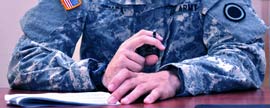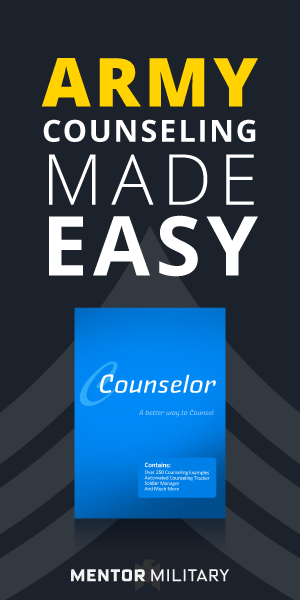Foreword: As the 40th anniversary of the Korean War approaches, we in the Corps of Engineers should reexamine how our predecessors overcame the engineering challenges posed by the rugged and unforgiving environment in which that war was fought. A number of memoirs and studies have evaluated Korean War combat in some detail, but thus far little has been published about the U.S. Army engineers’ wartime efforts to conquer the Korean terrain with highways, bridges, ports, and pipelines. Bridging the Imjin represents a beginning in the effort to fill that gap.
During the last two years of the Korean War, the flood-prone Imjin River, whose waters could quickly rise 40 feet, flowed just a few miles behind a long stretch of allied battle lines. Army engineers thus faced a critical requirement to construct secure bridges across that water barrier. This book examines the efforts of one engineer unit, the 84th Engineer Construction Battalion, and its superior command echelons to overcome the serious challenges posed by the unpredictable waters of the Imjin. The battalion’s story is spiced with interesting examples of creative engineer responses to deficiencies of equipment, building materials, and trained manpower, circumstances that are so typical of wartime field construction. The 84th Engineer Battalion more recently served seven years in Vietnam and now is stationed in Hawaii.
An important contribution of this volume is the publication for the first time of a 1953 report on the construction under difficult field conditions of two durable bridges across the Imjin. This historical report and the attached documents and photos assembled by its authors lay largely unnoticed in federal repositories until unearthed by our staff historians. Combined with an introduction that places the report in context, this history provides an instructive example of imaginative engineering in the face of, challenging wartime requirements.













